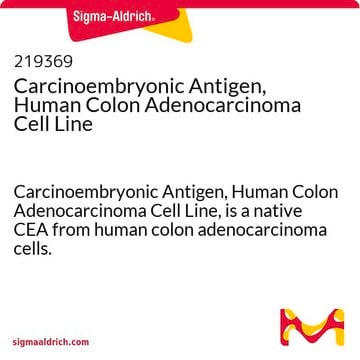Recommended Products
product name
PG-4, 94102703
biological source
feline brain
growth mode
Adherent
karyotype
Not specified
morphology
Glial/astrocyte
products
Not specified
receptors
Not specified
technique(s)
cell culture | mammalian: suitable
relevant disease(s)
cancer
shipped in
dry ice
storage temp.
−196°C
Related Categories
Cell Line Origin
Cat brain Moloney sarcoma virus-transformed
Cell Line Description
PG-4 was derived at NIH in 1980 from G355 cells by transformation with Moloney Murine sarcoma virus (M-MST) and subsequently cloned. Support the growth of simian sarcoma associated virus (SSAV); macaque virus; feline immunodeficiency virus (FeLV) A, B and C; feline RD-114; C retroviruses; murine xenotropic and munk cell focus-inducing virus (MCF).
Application
Cells can be used to detect and assay type C retroviruses and are currently recommended by the FDA for the detection of replication competent retroviruses in gene therapy products and hybridomas producing reagents for human use.
PG-4 cells can be used to detect and assay type C retroviruses and are currently recommended by the FDA for the detection of replication competent retroviruses in gene therapy products and hybridomas producing reagents for human use.
Culture Medium
McCoy′s 5a + 2mM Glutamine + 10% Foetal Bovine Serum (FBS) (heat-inactivated).
Subculture Routine
Split sub-confluent cultures (70-80%) 1:3 to 1:6 i.e. seeding at 2-4x10,000 cells/cm2 using 0.25% trypsin or trypsin/EDTA; 5% CO2; 37°C.
Other Notes
Additional freight & handling charges may be applicable for Asia-Pacific shipments. Please check with your local Customer Service representative for more information.
Certificates of Analysis (COA)
Search for Certificates of Analysis (COA) by entering the products Lot/Batch Number. Lot and Batch Numbers can be found on a product’s label following the words ‘Lot’ or ‘Batch’.
Already Own This Product?
Find documentation for the products that you have recently purchased in the Document Library.
Our team of scientists has experience in all areas of research including Life Science, Material Science, Chemical Synthesis, Chromatography, Analytical and many others.
Contact Technical Service


